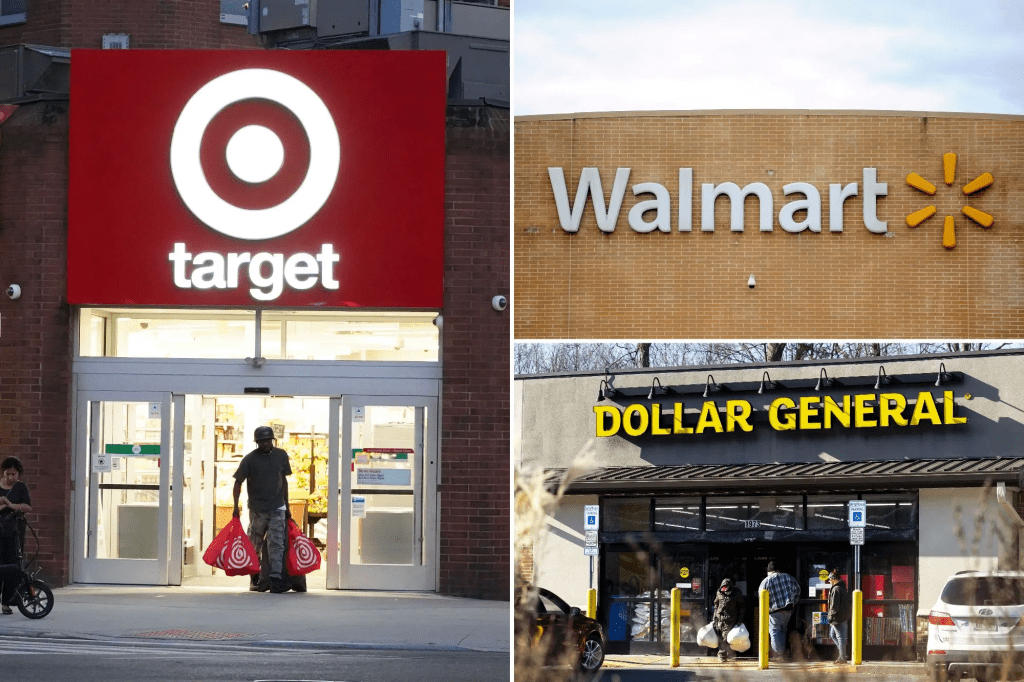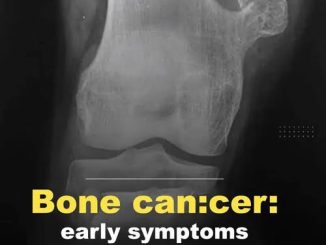In a time when we expect our favorite snacks to bring us comfort and joy, the recent nationwide candy recall has shaken the very foundations of consumer trust. As reports of salmonella contamination in a wide range of confectionary items continue to surface, it’s clear that the safety of our beloved treats can no longer be taken for granted.

From major retail giants like Walmart and Target to smaller specialty stores, the affected products have been found on shelves across the country. This alarming development has left many Americans wondering: How did this happen, and what can be done to ensure our snacks are safe?
In this comprehensive exploration, we’ll dive deep into the details of the candy recall, uncover the hidden dangers of salmonella contamination, and provide essential guidance to help you navigate the treacherous landscape of tainted treats. Join us as we unravel the shocking truth behind this nationwide crisis and empower you to make informed decisions about the snacks you and your loved ones consume.
The candy recall has sent shockwaves through the snack industry, with a growing list of affected brands and retailers being added to the ever-expanding list. From household names like Walmart and Target to smaller specialty stores, the contamination has reached far and wide, leaving consumers across the country on high alert.
The recall, which was initially issued by the FDA in May 2023, has since been upgraded to a Class I recall – the highest level of risk, indicating a “reasonable probability that the use of, or exposure to, a violative product will cause serious adverse health consequences or death.”
Among the affected products are a wide array of confectionary items, including pretzels, cookies, and snack mixes, all produced by the Palmer Candy Company in Sioux City, Iowa. These tainted treats have been found on the shelves of major retailers such as HyVee, Dollar General, and, most alarmingly, the ubiquitous Walmart.
As the investigation continues, it’s clear that the scope of this recall is far-reaching, with the contaminated products being distributed across multiple states, including Alabama, California, Florida, Illinois, Iowa, Kansas, Missouri, Nebraska, North Dakota, Oregon, Pennsylvania, South Carolina, South Dakota, Texas, Virginia, Wisconsin, and Wyoming.

At the heart of this nationwide candy recall is the alarming presence of salmonella, a common but potentially deadly bacterial infection that can wreak havoc on the human digestive system. Salmonella bacteria thrive in the intestinal tracts of both humans and animals, and it is typically contracted through the consumption of contaminated food or water.
While some individuals may not exhibit any outward signs of salmonella infection, the vast majority of those affected will experience a range of gastrointestinal distress, including diarrhea, stomach cramps, and fever. These symptoms can often be severe, leading to dehydration, which can be life-threatening, particularly in the elderly and young children.
The risks associated with salmonella poisoning should not be underestimated. In the most serious cases, the infection can spread beyond the intestines, causing potentially fatal complications such as arterial infections, endocarditis (inflammation of the heart’s inner lining), and meningitis (inflammation of the membranes surrounding the brain and spinal cord).
It’s essential for anyone who has consumed the recalled candy products to be vigilant for the signs of salmonella poisoning and to seek immediate medical attention if symptoms persist or worsen. Early intervention and proper treatment can make all the difference in preventing the most severe consequences of this deadly bacterial infection.

As the candy recall continues to unfold, it’s crucial for consumers to take proactive steps to protect themselves and their loved ones from the dangers of salmonella-tainted treats. The first line of defense is to be well-informed about the specific products that have been affected by the recall.
Begin by closely examining the packaging and labeling of any candy, pretzels, or snack mixes you’ve recently purchased. Look for any mention of the Palmer Candy Company, as well as the specific product names and lot numbers that have been identified as part of the recall.
If you discover that you’ve purchased any of the affected items, do not consume them under any circumstances. Instead, return the product to the retailer for a full refund or proper disposal. It’s better to err on the side of caution when it comes to potential salmonella contamination.
Additionally, consider reaching out to the manufacturers and retailers directly to stay up-to-date on the latest developments in the recall. Many companies have set up dedicated hotlines and websites to provide consumers with the most current information and guidance.
By staying vigilant, checking your pantry, and taking swift action, you can help safeguard your snack supply and ensure that your family enjoys only the safest, most delicious treats.
The nationwide candy recall has undoubtedly shaken the confidence of consumers across the country, leaving many to wonder if they can ever truly trust the safety of their favorite snacks again. However, this crisis also presents an opportunity for the snack industry to rebuild that trust through increased transparency, rigorous safety protocols, and a renewed commitment to consumer well-being.

Moving forward, it’s imperative that manufacturers, retailers, and regulatory agencies work together to implement stringent quality control measures and enhance traceability throughout the supply chain. By doing so, they can help prevent future incidents of salmonella contamination and restore the sense of security that should accompany the simple pleasure of indulging in a beloved treat.
As individuals, we too have a role to play in this process. By staying informed, remaining vigilant, and holding the industry accountable, we can ensure that the snack aisle once again becomes a place of joy and reassurance, rather than one of lingering doubt and unease.
Through a collective effort, we can navigate the aftermath of this candy recall and emerge with a stronger, more transparent snack ecosystem – one that prioritizes the health and safety of consumers above all else. Only then can we truly savor the sweetness of our favorite confections without the bitter aftertaste of fear and uncertainty.


